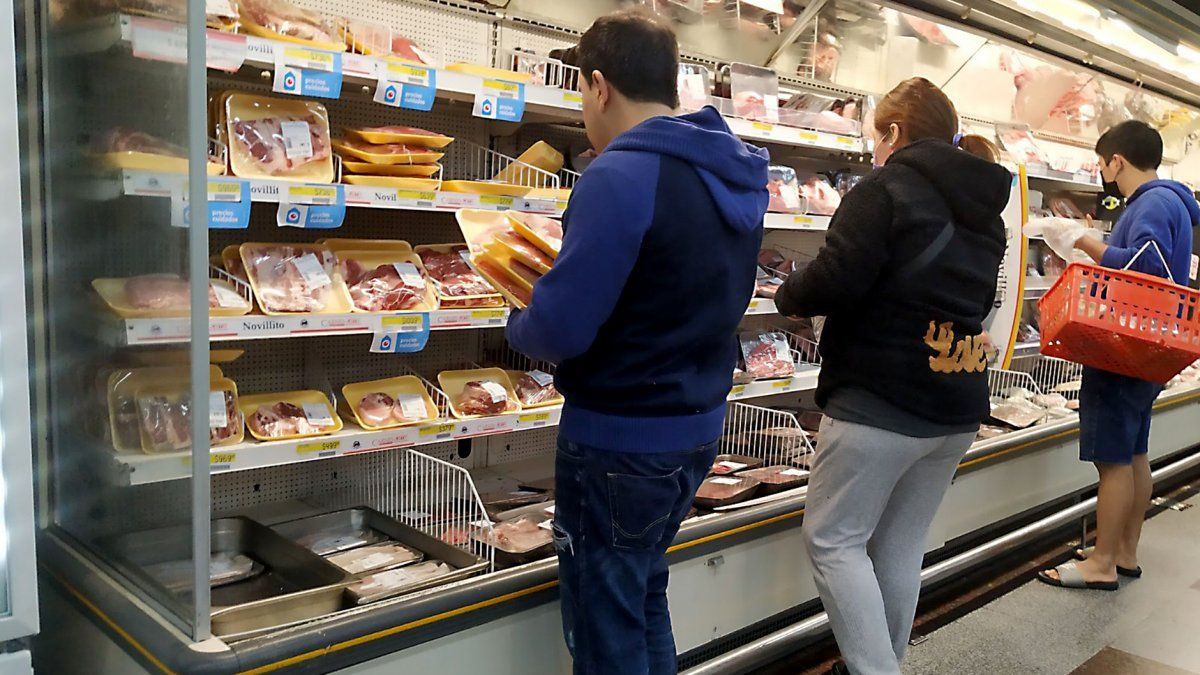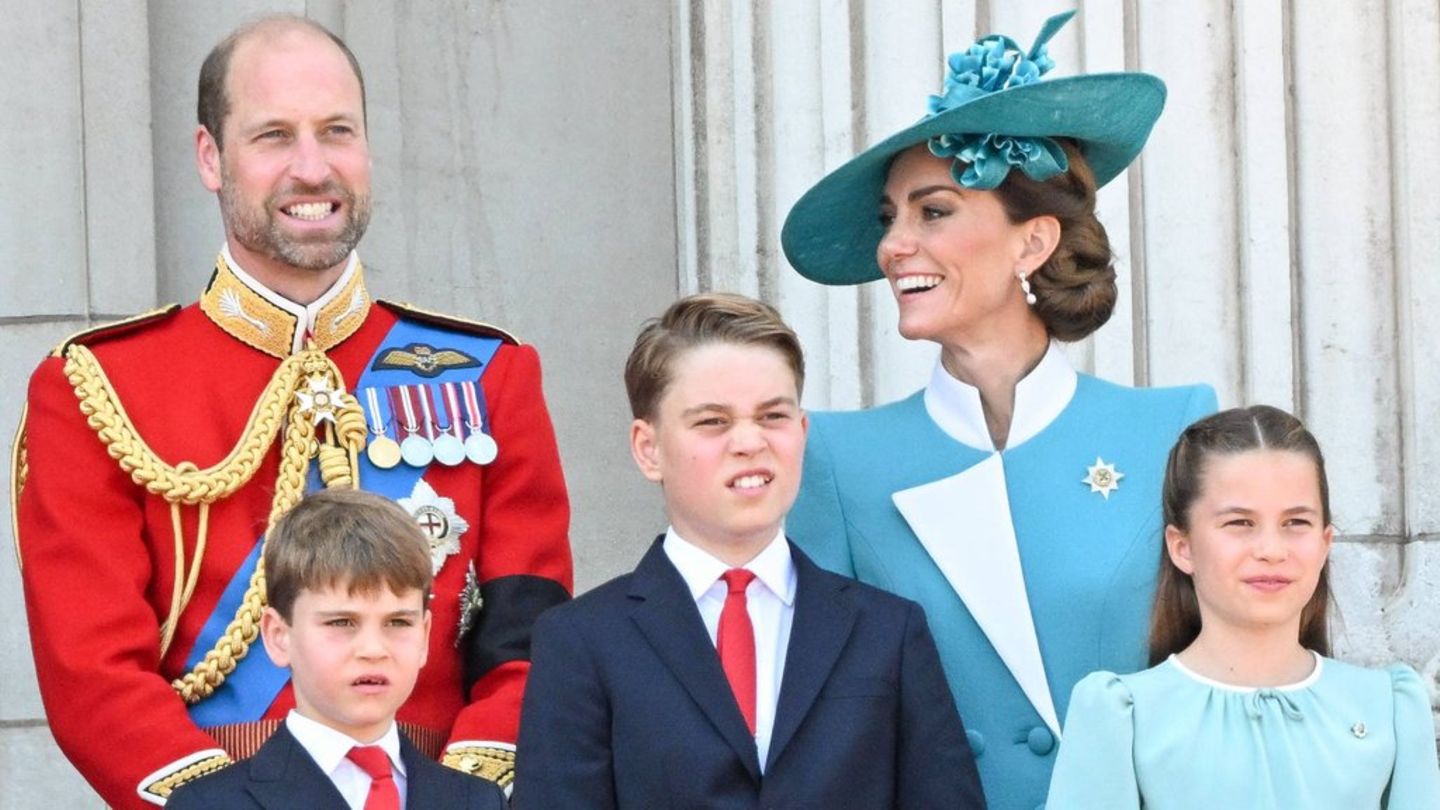Something that, as explained by different analysts consulted, could be sustained throughout the year: while wages are expected to fall in real terms in the average of 2023, earnings in the formal sector could “tie” the race with inflation.
In April, in the face of monthly inflation of 8.4% and a year-on-year variation of 108.8%, average wages grew 5.7% monthly and 103.8% year-on-year. Meanwhile, while the registered sector grew 5.8% monthly and 109.4% year-on-year, the unregistered sector climbed 4.8% monthly and 77.5% year-on-year.
“What we are observing is a dual labor market, split in two, between the formal sector on the one hand and the informal sector on the other.. They are living different realities, ”he explained to Ambit Santiago Manoukian, Head of Research at Ecolatina.
“The formal sector in 2022, for example, achieved progress slightly above inflation. Something that was maintained during the first months of this year, as a result of two factors: new adjustments and reopening of joint ventures in the private sector. And also the increase in March that there was for public workers. That somehowvalidates the effectiveness in terms of maintaining the purchasing power of parity negotiations that not only have more frequent adjustments, but also a more limited validity. And this allows unions to adapt their claims to the new nominality more quickly. Avoiding a further deterioration in purchasing power”, said the economist.
“So, shortening the adjustments is extremely relevant to be able to maintain that purchasing power, even with the inflationary acceleration in the scenario. Validating parities that follow nominality will continue to be a pillar to try to sustain family consumption”, highlighted Manoukian, who clarified: “The informal sector does not have that capacity to be able to shorten their salary contracts. Or to be able to have increases that follow inflation. And there we also see a bigger blow.”
“Therefore, after five consecutive years of falling average wages, adding formal and informal, this year we expect something similar. Most likely, we will have a sixth consecutive year of decline in the average level of wages for the year. But with two totally dissimilar realities,” said the Ecolatina analyst, who remarked: “These levels of inflation make it very difficult for wages to recover sustainably. In some month you can win and in another, lose. But the trend can hardly be reversed.
For his part, Hernán Letcher, director of CEPA, maintained that “In general terms, it is being seen that registered salaries -especially in the private sector- have a dynamic that manages to accompany the inflation process, even at very high levels”.
“If eventually a sustained reduction in inflation is achieved, given the parity agreements in force, a salary recomposition would indeed be achieved this year,” Letcher stressed.
projections
In this scenario of dissimilar realities between the formal and informal sectors, the projections of different consultants for this year are not encouraging in terms of the recovery of wages in real terms.
“With 2023 underway, many parities occurred in the short term with quarterly reviews, giving rise to low increases with the condition of applying a possible trigger clause. Anyway, With the marked acceleration of inflation in recent months and given that wages are more rigid at the time of adjustment than average prices, we do not expect a real improvement in the average for 2023”, they analyzed.
For their part, from ACM they indicated that, “given the Argentine macroeconomic situation that is expected for this year, it is still expected that the evolution of wages for 2023 will again present a fall in relation to inflation.”
Source: Ambito




